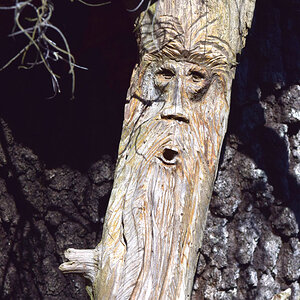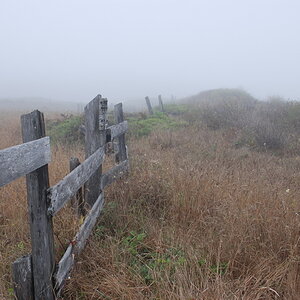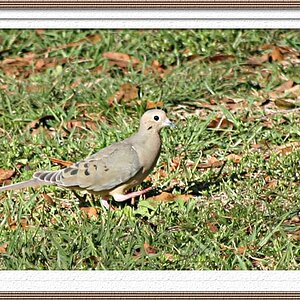jwbryson1
TPF Noob!
- Joined
- Apr 21, 2011
- Messages
- 4,280
- Reaction score
- 949
- Can others edit my Photos
- Photos OK to edit
I'm more interested in this "expert in composition". Where do I get certified?
I don't think there is a certification, as you humorlessly suggest, but I would argue that anybody who has a degree in architecture from a top university, who received the highest award given by the university for their work in the field, and who has a masters degree in art and composition, and who teaches art as a university professor, is as close to an "expert" in the field as you will find.
Last edited:






![[No title]](/data/xfmg/thumbnail/41/41934-5071025280901954ee561590003df10e.jpg?1619739947)
![[No title]](/data/xfmg/thumbnail/34/34116-b81991a4a8a532509a981cadbacd573c.jpg?1619736286)


![[No title]](/data/xfmg/thumbnail/38/38294-cb4a5aa0ded725d4c694e6eebe276f0d.jpg?1619738564)


![[No title]](/data/xfmg/thumbnail/41/41890-a5975e67f00dd9340fcf9dba8728a762.jpg?1619739933)
